Spending time in your own space can be even more relaxing when you know you’re not harming Mother Nature. In this article, we’ll discuss sustainable interior design as well as examples of how you can make your space eco-friendly.
What is sustainable interior design?
Sustainable interior design pertains to an approach to designing interior spaces that consider the environmental impact of the materials, products, and systems used in the space. This type of interior design aims to create spaces that are not only beautiful and functional but also socially conscious and environment-friendly.
This design approach involves using materials made from renewable or recycled materials. In the same vein, it may also include using energy-efficient systems and employing strategies to optimize natural light and ventilation.
What are examples of sustainable design?
Here are some examples of sustainable interior design and how you can apply them in your space.
1. Use Sustainable Materials

Using sustainable materials is a critical part of sustainable interior design. Sustainable materials are renewable, non-toxic, and have a low environmental impact throughout their lifecycle, from extraction to disposal. By incorporating sustainable materials into interior design, it’s possible to reduce the environmental impact of buildings and create healthier spaces.
One example of sustainable material is bamboo. Bamboo is a fast-growing and renewable resource often used for flooring, furniture, and decor. It has a lower environmental impact than traditional hardwoods, as it requires less water and pesticides to grow and can be harvested more sustainably. Aside from bamboo, you can also use reclaimed wood, cork flooring, and renewable materials produced with less water and energy.
2. Energy-Efficient Lighting

Lighting accounts for a significant portion of a building’s energy consumption, and by choosing energy-efficient lighting, it’s possible to reduce energy use and lower the environmental impact of a space.
Two of the most popular energy-efficient lighting options are LED lighting and compact fluorescent lamps. These use significantly less energy than traditional incandescent bulbs. Daylighting is another crucial aspect of energy-efficient lighting. It can be achieved by using windows, skylights, and other methods to allow natural light to enter a space. By maximizing natural light, it’s possible to reduce the need for artificial lighting.
3. Choose Eco-Friendly Furniture
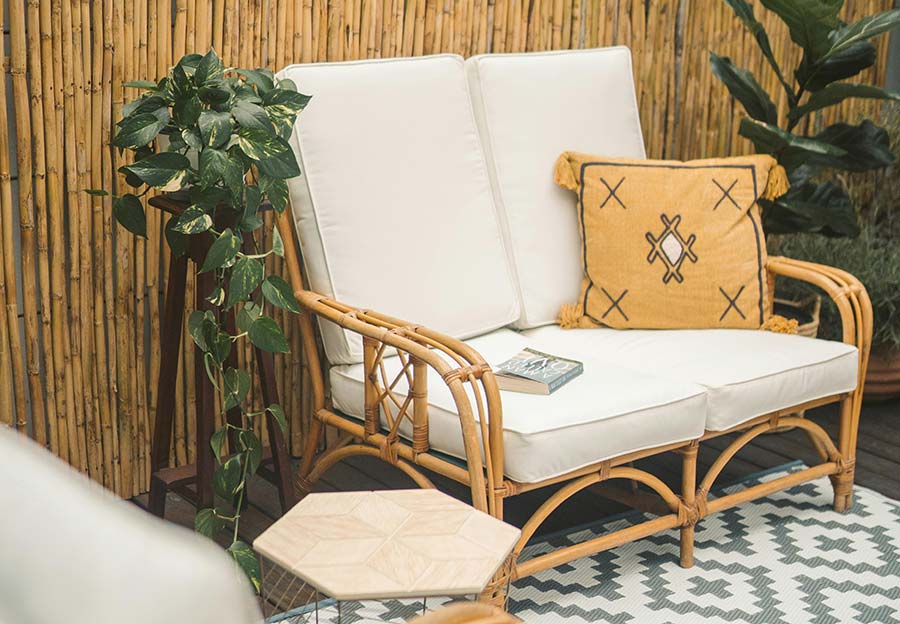
Furniture production can significantly impact the environment, from the materials used to create furniture to the production and transportation process. That said, choosing eco-friendly furniture makes it possible to reduce a space’s environmental impact. At the same time, many eco-friendly options offer color versatility, making them a good fit for almost any interior design color scheme.
4. Go for Organic Fabrics
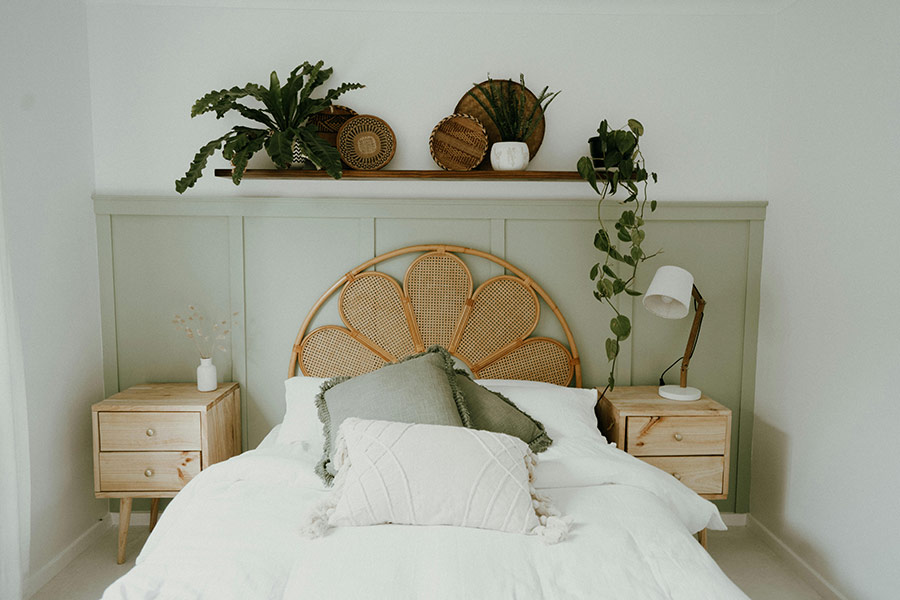
Organic fabrics are made from materials that are grown without the use of pesticides, chemical fertilizers, or genetically modified organisms. They are often produced using sustainable practices that minimize the environmental impact of textile production.
Some organic fabrics you can use for your upholstery, curtains, and other interior elements include cotton, wool, and hemp.
5. Incorporate Indoor Plants
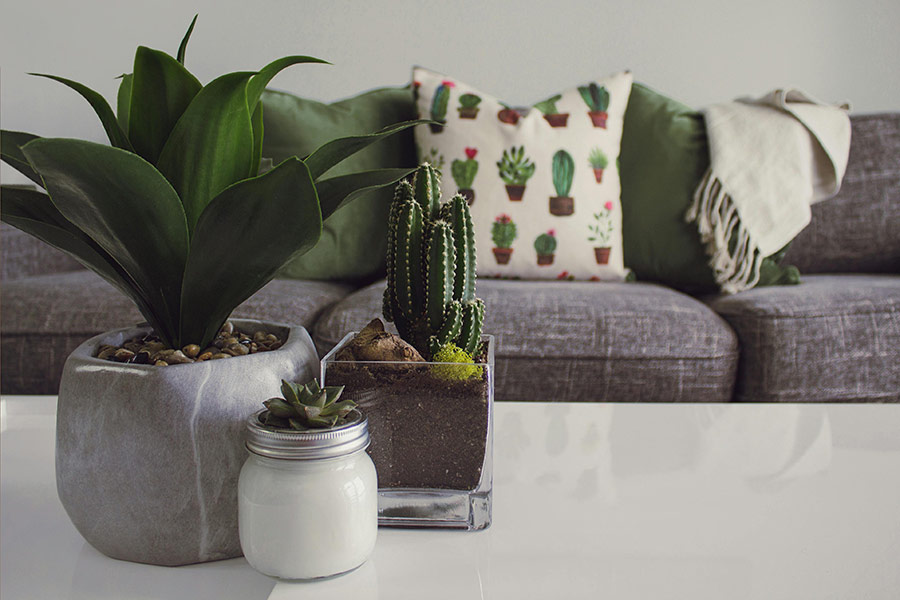
Indoor plants have many benefits, including purifying the air, adding color and texture to a space, and promoting well-being. They can also contribute to sustainability by reducing the need for energy-intensive air purifiers and by reducing the amount of carbon dioxide in the air.
There are many different types of indoor plants to choose from, and it’s essential to select plants that are well-suited to the specific lighting and temperature conditions of the space. Low-light plants such as snake plants and peace lilies are an excellent choice for spaces with limited natural light, while succulents and cacti are well-suited to hot, dry environments.
6. Use Low-VOC Paint

Volatile organic compounds, also known as VOC, are chemicals found in many traditional paints and can negatively affect indoor air quality and human health. On the other hand, low-VOC paints have reduced levels of these harmful chemicals, making them a more sustainable choice for interior design.
One of the primary benefits of using low-VOC paint is that it improves indoor air quality. VOCs can cause various health issues, including respiratory problems, headaches, and nausea. Using low-VOC paint can reduce the impact of these chemicals on human health and create a healthier indoor environment.
7. Recycle and Upcycle
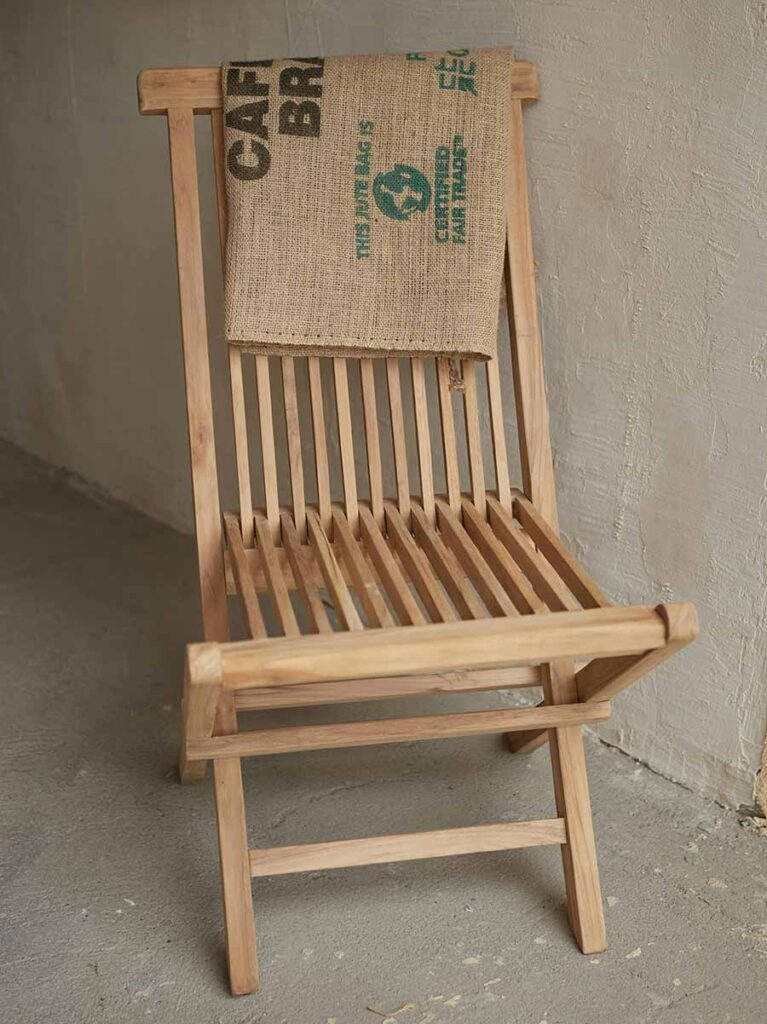
Recycling pertains to the process of transforming waste materials into new products, often through a manufacturing process. Interior design can involve using recycled materials such as glass, metal, or plastic in furniture or decor. For example, recycled glass can create unique lighting fixtures, while recycled metal can be used in decorative wall art or furniture.
On the other hand, upcycling involves repurposing existing materials to create something new and useful. This can be done by transforming an old piece of furniture or decor item into a new and unique piece. For example, an old ladder can be transformed into a bookshelf, or a vintage suitcase can be turned into a unique coffee table.
8. Choose Energy Star Appliances
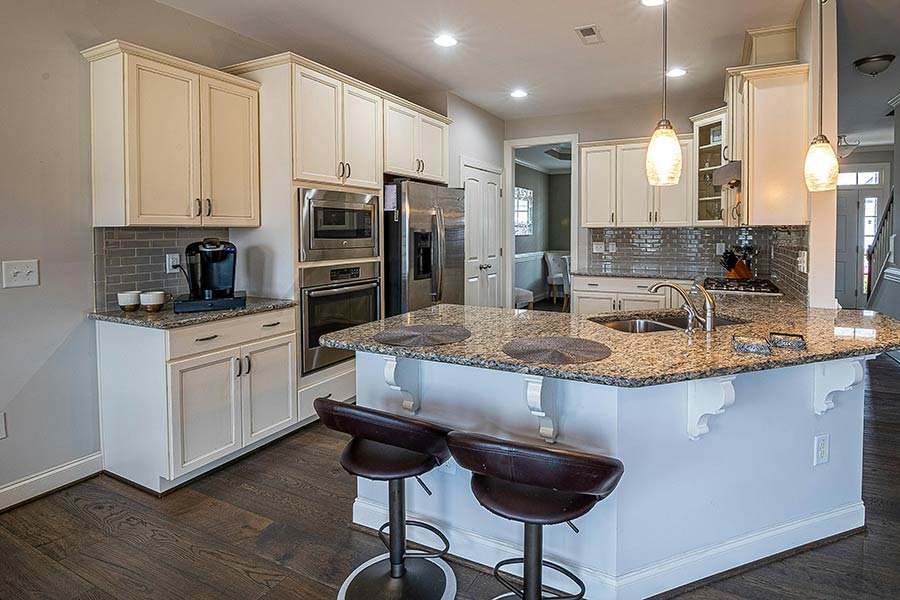
Energy Star is a program run by the US Environmental Protection Agency (EPA) that sets energy efficiency standards for various household appliances, including refrigerators, washing machines, and dishwashers.
By choosing Energy Star appliances, it’s possible to reduce energy consumption in the home significantly. These appliances are designed to use less energy than traditional models, often by incorporating features such as advanced insulation, energy-efficient motors, and improved control systems.
9. Prioritize Water Conservation
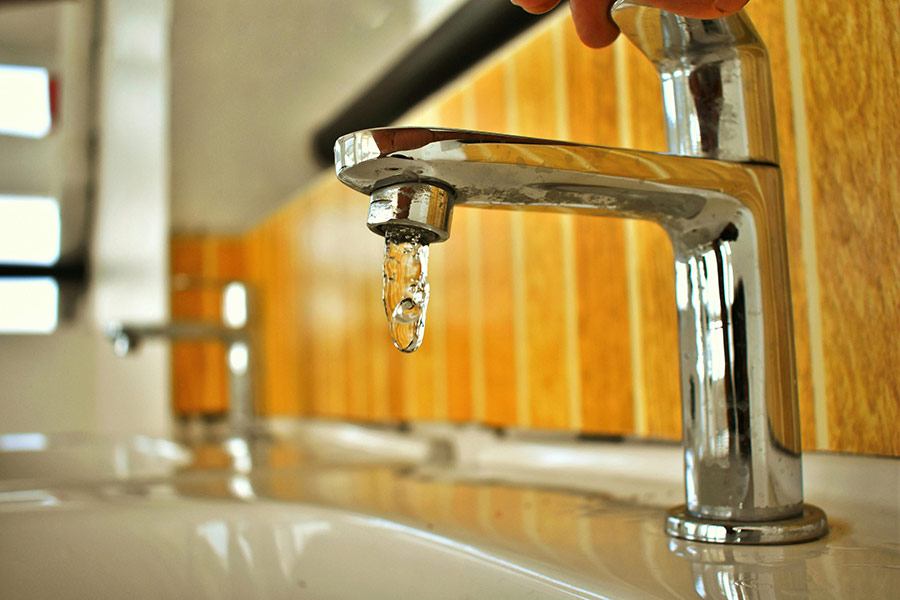
Water is a precious resource, and by reducing water consumption in the home, it’s possible to promote sustainability and reduce environmental impact.
There are many ways to prioritize water conservation in interior design. One of the most effective is to install low-flow fixtures in bathrooms and kitchens. Low-flow fixtures, such as faucets and showerheads, are designed to use less water than traditional fixtures without sacrificing performance or functionality. Installing low-flow fixtures makes it possible to reduce water consumption in the home.
Another way to prioritize water conservation is to choose appliances designed to use less water, such as washing machines and dishwashers. These appliances often incorporate features such as water-efficient cycles and sensors that can help reduce water consumption.
